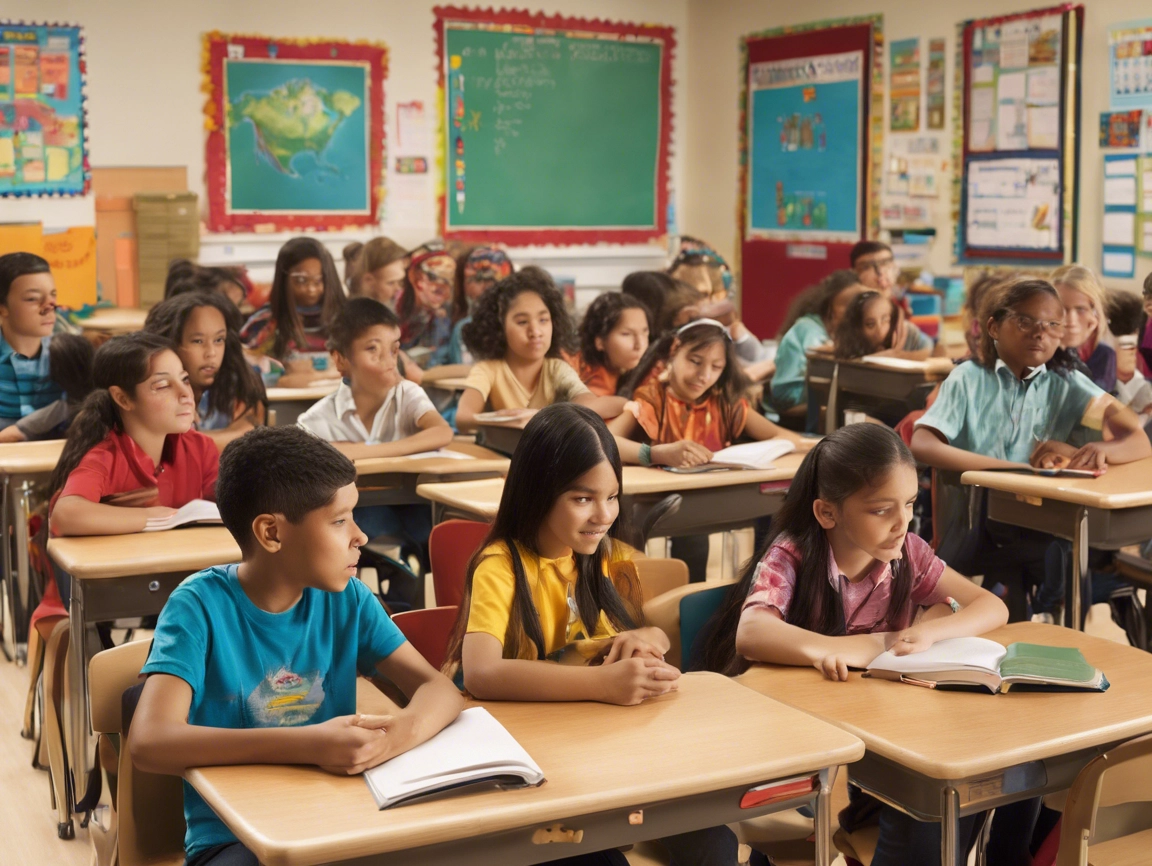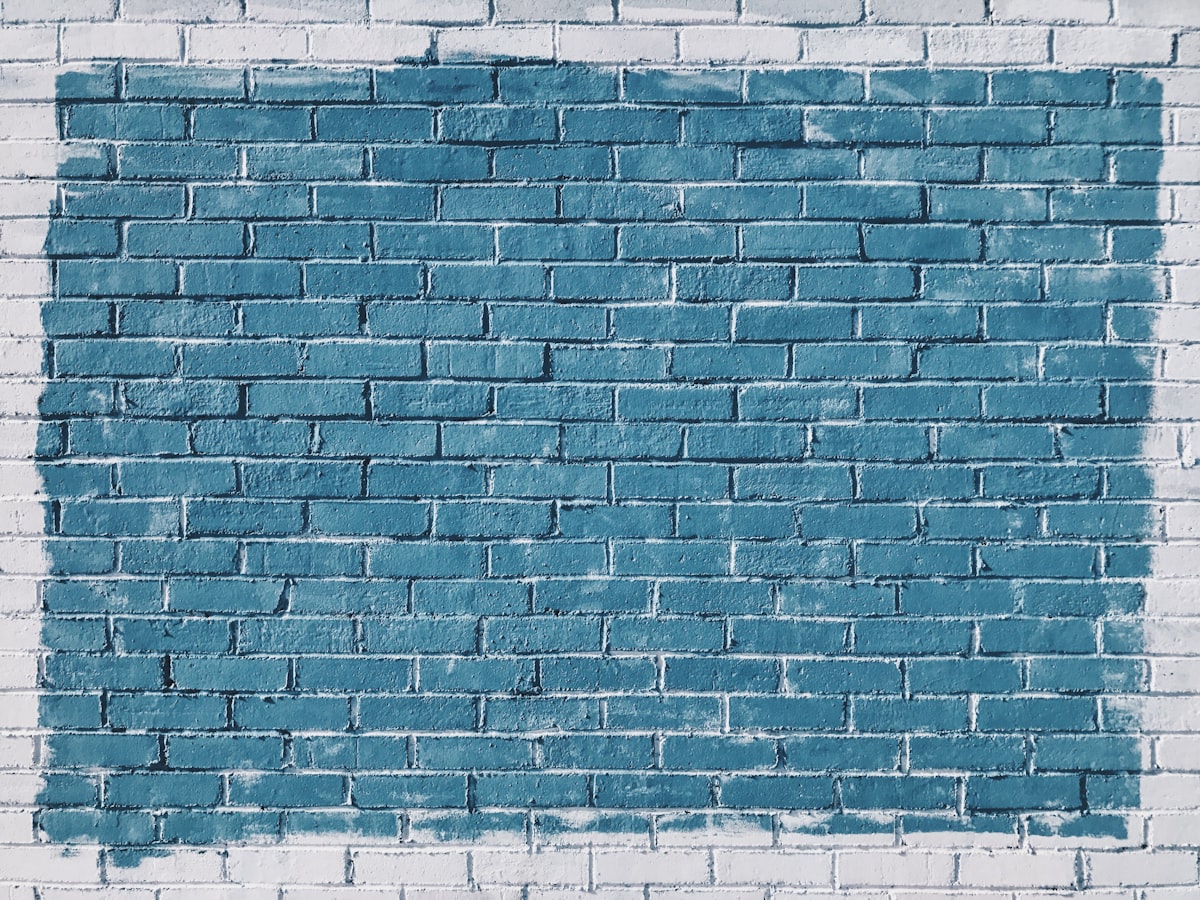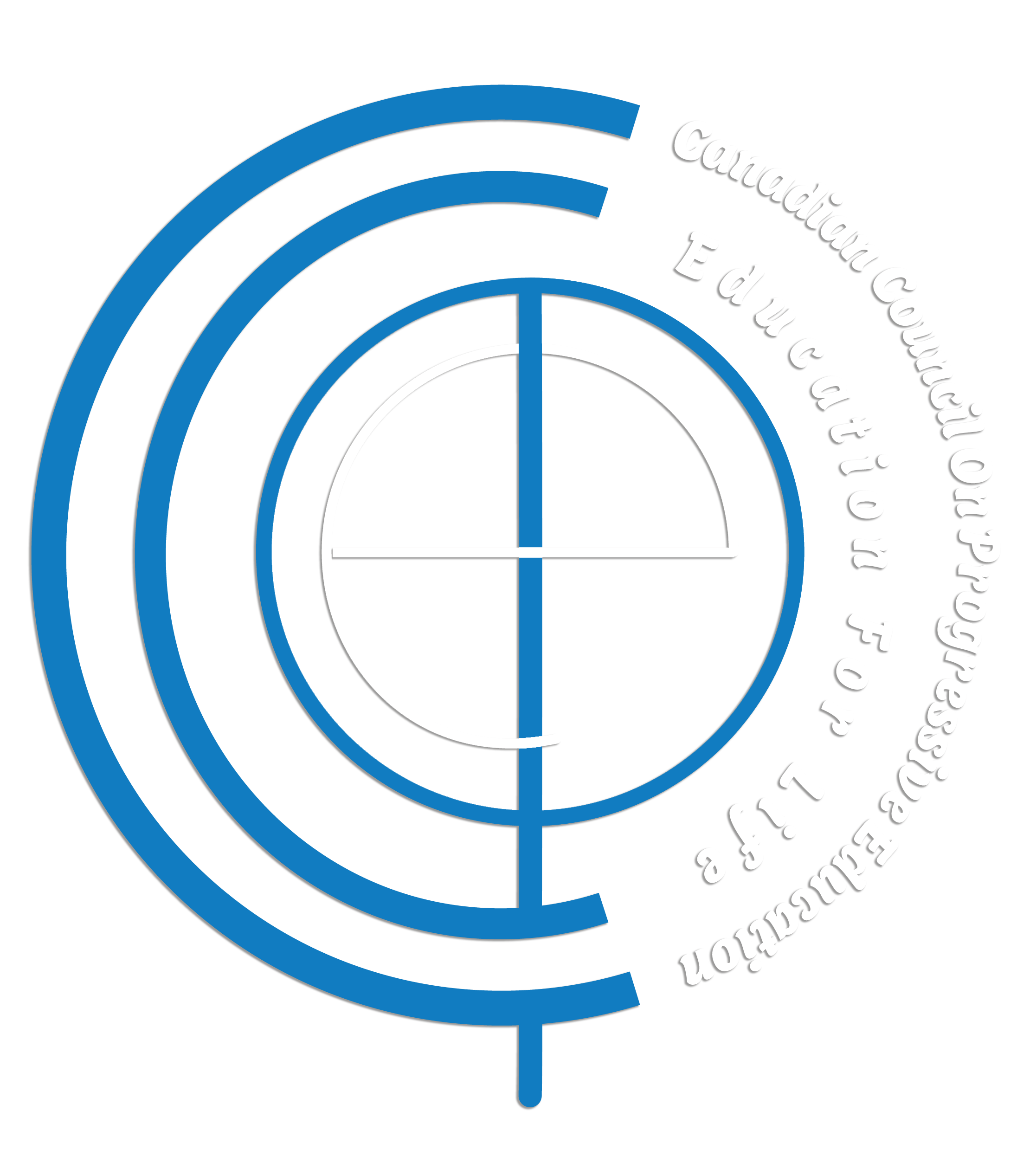

The Role of Education in Building Bridges and Connecting Cultures in Canadian Society

Unbeatable Excellence
The Role of Education in Building Bridges and Connecting Cultures in Canadian Society


Canada, a nation celebrated for its multiculturalism and inclusivity, has long recognized the power of education in bridging cultural divides and fostering unity. From its Indigenous heritage to its current multicultural fabric, Canada’s education system plays a pivotal role in connecting diverse communities, promoting cultural understanding, and shaping a shared identity. The Canadian Council on Progressive Education (CCOPE) exemplifies these efforts, working tirelessly to create inclusive learning spaces that reflect Canada’s historical and modern realities.
Canada’s Rich Cultural Tapestry: A Historical Context
The foundation of Canadian society is deeply rooted in its Indigenous cultures, which span thousands of years. Indigenous knowledge systems, languages, and traditions have profoundly shaped Canada’s identity, despite historical challenges such as colonization and cultural erasure. Education now serves as a means to reconcile this history, with schools integrating Indigenous perspectives into their curricula to foster understanding and respect.
With the arrival of French and British settlers in the 16th and 17th centuries, Canada became a meeting place of different European cultures. Over the centuries, waves of immigration from Asia, Africa, the Middle East, and other regions have further enriched Canada’s diversity. Today, the country’s multicultural framework—enshrined in policies like the Canadian Multiculturalism Act of 1988—encourages communities to celebrate their unique identities while contributing to a cohesive national fabric.
The Role of Education in Connecting Diverse Communities
Education in Canada has evolved to reflect its multicultural ethos. Schools serve as microcosms of society, bringing together students from diverse backgrounds to learn, collaborate, and build meaningful relationships. Through intentional policies and programs, education in Canada fosters inclusivity, combats prejudice, and builds bridges between communities.
- Incorporating Indigenous Education
The Truth and Reconciliation Commission (TRC) of Canada has emphasized the importance of integrating Indigenous perspectives into mainstream education. Schools across the country now include curricula that teach Indigenous history, culture, and contributions, helping to address past injustices and promote healing. - Promoting Multilingual Education
Canada’s bilingual identity (English and French) is complemented by the presence of hundreds of languages spoken by immigrant communities. Educational programs like French immersion and heritage language schools celebrate linguistic diversity, enabling students to connect with their cultural roots while embracing broader Canadian values. - Fostering Social Cohesion Through History Education
By teaching Canadian history from multiple perspectives, schools encourage students to understand the interconnectedness of Indigenous, settler, and immigrant experiences. This approach helps students appreciate the complexities of Canadian identity and promotes a shared sense of belonging.
CCOPE: A Beacon of Progressive Education in Canada
The Canadian Council on Progressive Education (CCOPE) plays a leading role in harnessing education to connect communities across Canada’s diverse cultural spectrum. Guided by its motto, “Empowering Learning for Life,” CCOPE has developed innovative programs that reflect the nation’s unique cultural dynamics while addressing the challenges of modern multicultural education.
1. Advancing Inclusive Curriculum Development
CCOPE collaborates with schools to design curricula that celebrate Canada’s diversity. These curricula incorporate Indigenous knowledge, immigrant narratives, and multicultural literature, ensuring that students see their experiences reflected in their education.
2. Supporting Teachers as Cultural Ambassadors
Through professional development workshops, CCOPE equips educators with tools to foster inclusive classrooms. Training on topics such as anti-racism education, cultural competency, and Indigenous reconciliation ensures that teachers can effectively bridge cultural gaps among students.
3. Building Community Partnerships
CCOPE works with community organizations, such as immigrant settlement agencies and Indigenous groups, to create programs that connect schools with local cultures. Initiatives like community heritage fairs and cultural exchange programs allow students to engage directly with Canada’s diverse communities.
4. Promoting Language Learning as a Tool for Unity
Recognizing the role of language in cultural connection, CCOPE has developed resources for teaching both official languages and heritage languages. Programs like “Language Acquisition for Life” empower students to connect with their linguistic heritage while strengthening communication across cultural lines.
Modern Examples of Education Bridging Cultures in Canada
1. Indigenous Education Initiatives
Programs like the Ontario Indigenous Education Strategy integrate Indigenous perspectives into all aspects of learning, helping to build bridges between Indigenous and non-Indigenous communities.
2. Multicultural Schools in Urban Areas
Cities like Toronto and Vancouver are home to some of the world’s most diverse schools, where students of various cultural backgrounds learn together. Programs like the Toronto District School Board’s “Equity, Inclusion, and Anti-Racism” strategy demonstrate how education can promote understanding in diverse communities.
3. French Immersion Programs
French immersion programs across Canada not only promote bilingualism but also serve as a meeting point for students from different cultural backgrounds who share a commitment to Canada’s linguistic heritage.
4. Settlement Programs for Newcomers
Settlement programs, such as those offered by Calgary’s CBE Welcome Centre, provide educational support to immigrant and refugee students. These programs help newcomers integrate into Canadian society while celebrating their cultural identities.
Challenges and Opportunities
Despite its successes, Canada’s education system faces challenges in fully realizing its potential as a bridge-builder. Systemic inequities, language barriers, and underrepresentation of certain cultural narratives persist. However, organizations like CCOPE are addressing these issues by advocating for equitable policies, developing inclusive educational resources, and fostering community partnerships.
The Path Forward
As Canada continues to evolve, education will remain a cornerstone of its multicultural success story. The integration of emerging technologies, such as virtual reality and AI, will offer new opportunities for students to explore Canada’s diverse cultural heritage in immersive ways. Programs that emphasize global citizenship, environmental stewardship, and intercultural dialogue will further solidify Canada’s reputation as a global leader in multicultural education.
Conclusion
Education has always been central to Canada’s identity as a nation that values diversity and inclusion. By connecting its rich history with its modern multicultural reality, education fosters understanding, unity, and resilience. Institutions like the Canadian Council on Progressive Education are leading the charge, ensuring that education not only reflects Canada’s diversity but also celebrates and strengthens it.
References
- Truth and Reconciliation Commission of Canada. (2015). Honouring the Truth, Reconciling for the Future.
- Government of Canada. (1988). Canadian Multiculturalism Act.
- Canadian Council on Progressive Education. (2024). Empowering Learning for Life. Website
- Ontario Ministry of Education. (2023). Indigenous Education Strategy.
- Toronto District School Board. (2023). Equity, Inclusion, and Anti-Racism Strategy.
- Statistics Canada. (2021). Diversity of the Canadian Population.
- CBE Welcome Centre. (2023). Settlement Services for Newcomers. Website
Canada’s educational journey serves as a model for other nations, demonstrating how education can be a powerful tool for connecting communities, celebrating diversity, and building a more inclusive future.









